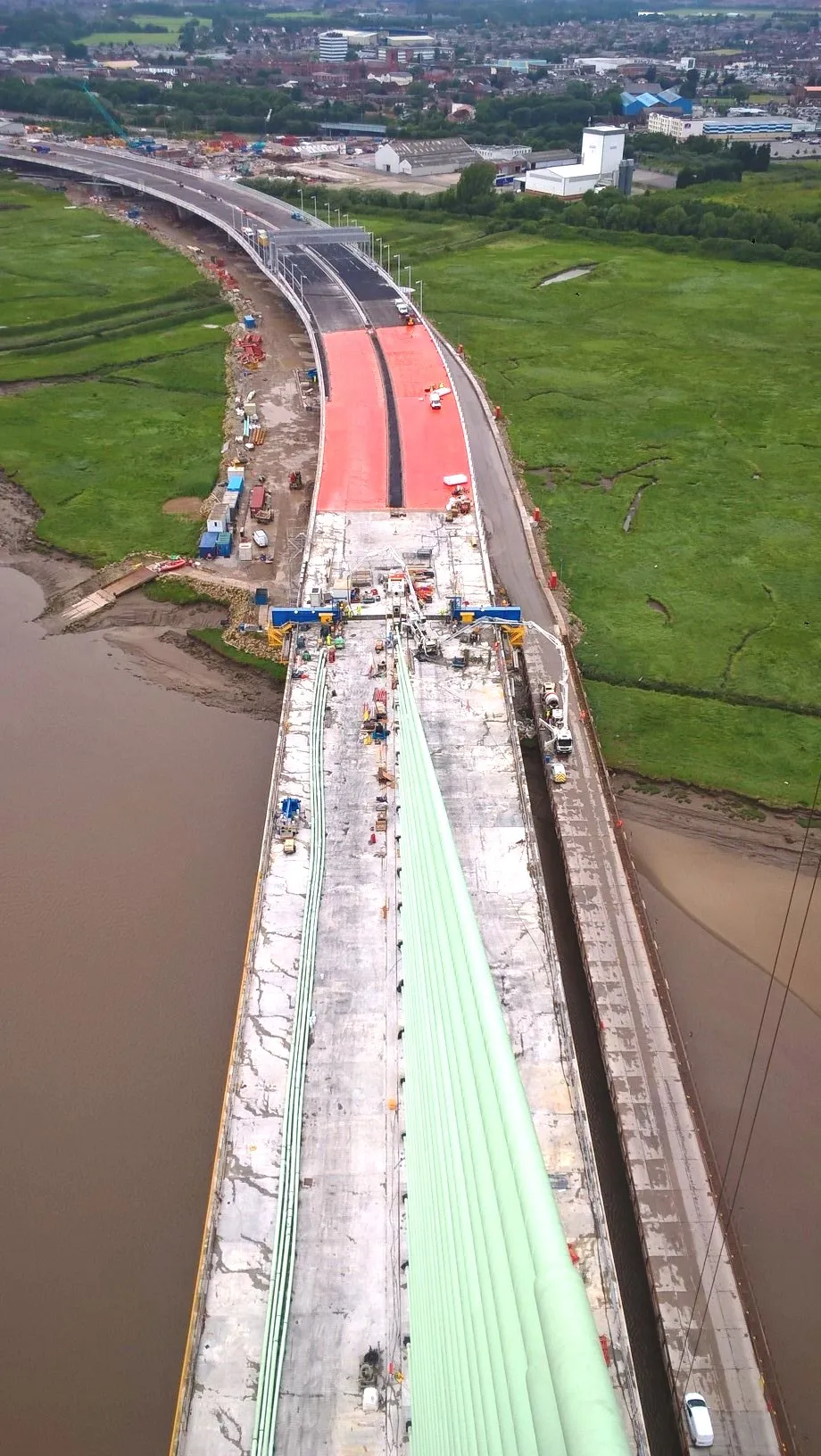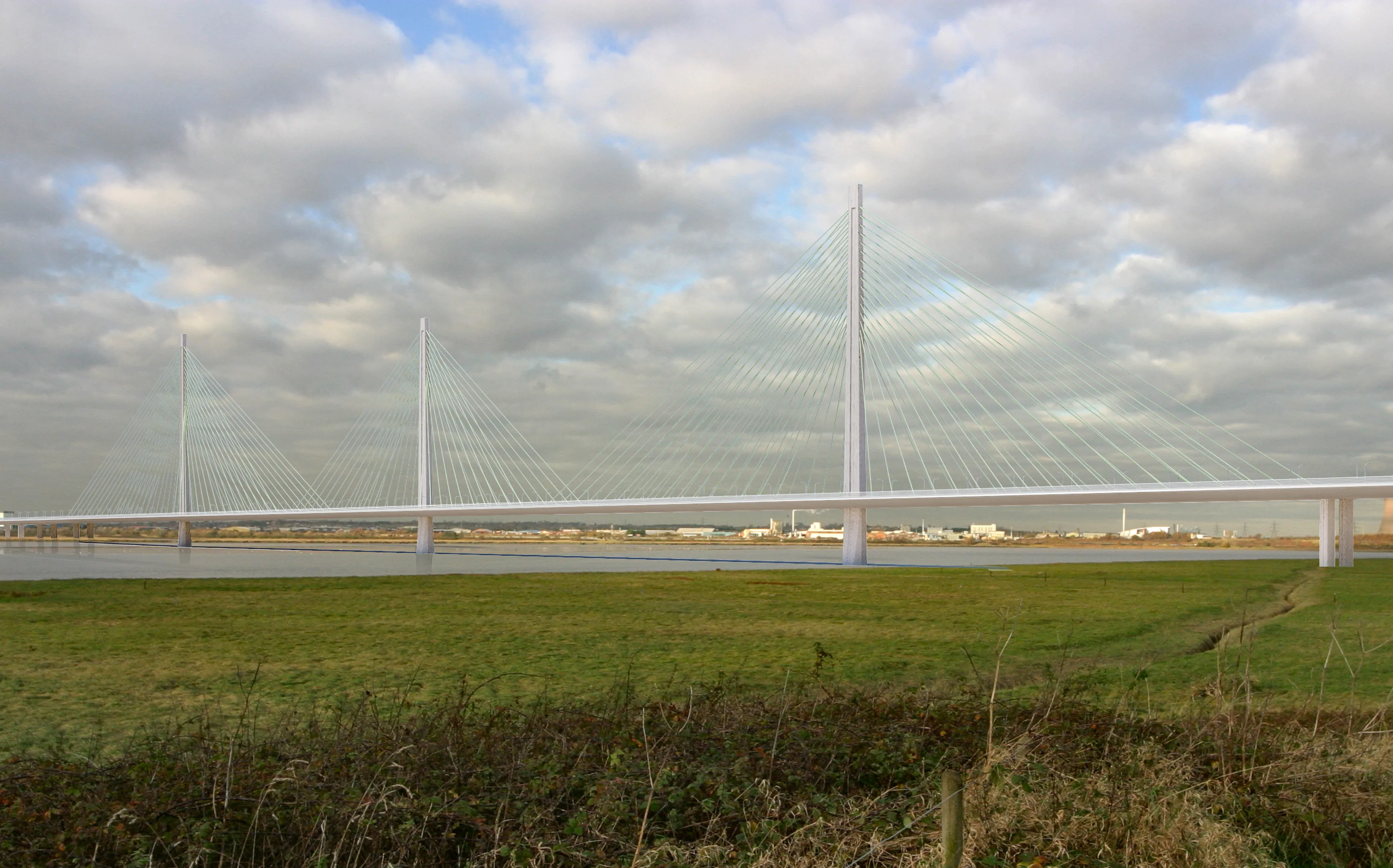
The consortium Fraser Crossing Partners has landed a US$730 million construction contract to expand the Pattullo Bridge in greater Vancouver, Canada.
The bridge will be built alongside the old 1.2km Pattullo Bridge over the Fraser River to connect the cities of New Westminster and Surrey. Construction is scheduled to start in 2020 with completion in late 2023, after which the old bridge will be demolished.
Fraser Crossing Partners consists of Acciona Infrastructure Canada and Aecon Constructors with long-span bridge design by SNC-Lavalin, Leonhardt, Andrä und Partner Beratende Ingenieure, Hatch Corporation, EXP Services and Acciona Infrastructure Canada.
SNC-Lavalin was originally a main partner but withdrew from the main procurement process due to a strategic decision to avoid fixed-price projects. Aecon took its place.
The other two consortia shortlists in early 2019 were Fraser Community Connectors and the Flatiron/Dragados/Carlson Pattullo joint venture.
Fraser Community Connectors consisted of Kiewit Canada Development, Kiewit Infrastructure BC, TY Lin International and International Bridge Technologies.
Flatiron/Dragados/Carlson Pattullo was a JV of Flatiron Constructors Canada, Dragados Canada and Carlson Construction Group, ACS Infrastructure Canada, Hochtieff PPP Solutions North America and Cowi North America.
The design-build-finance contract, awarded by the province British Columbia, is part of $1.08 allocated for the overall project that includes financing, management and property purchases and removal of the old bridge.
The new four-lane bridge also features dedicated pedestrian and cyclist lanes separated from traffic by a barrier on both sides of the bridge.
The existing 1.2km through-arch Pattullo Bridge – named after a provincial premier – was built in 1937. It handles an average of almost 80,000 vehicles a day, about 20% of traffic across the Fraser River. But it has no dividing barrier so the structure has been prone to closures after head-on collisions.








